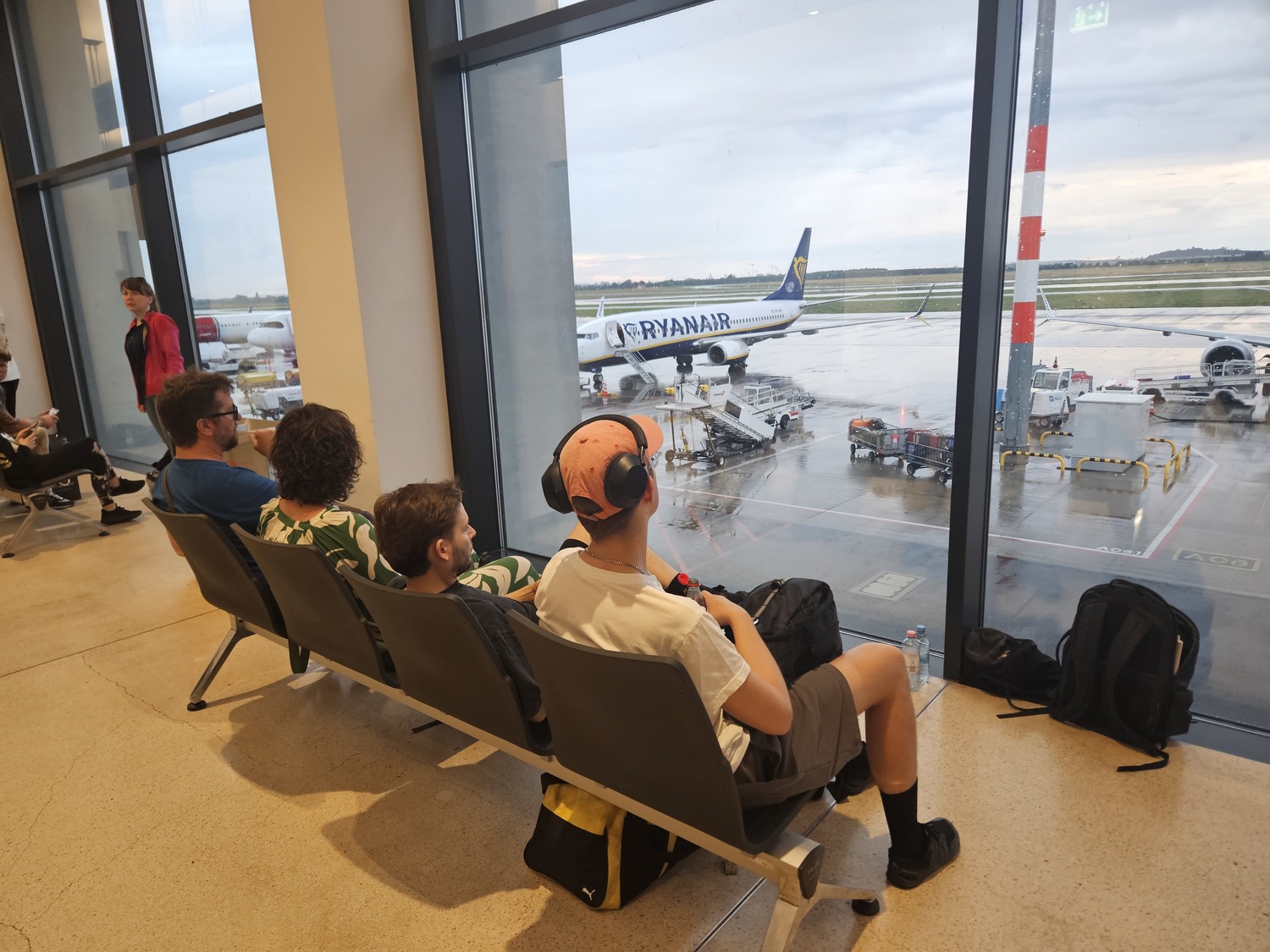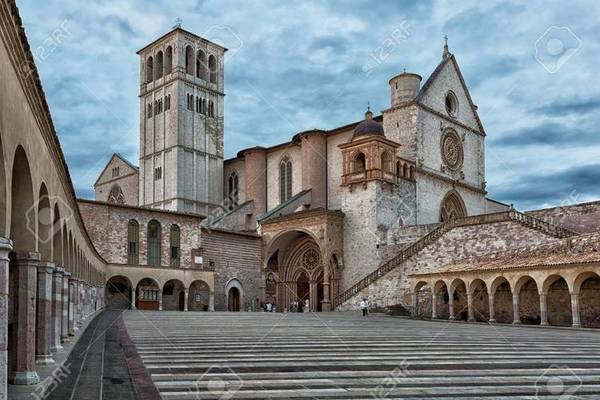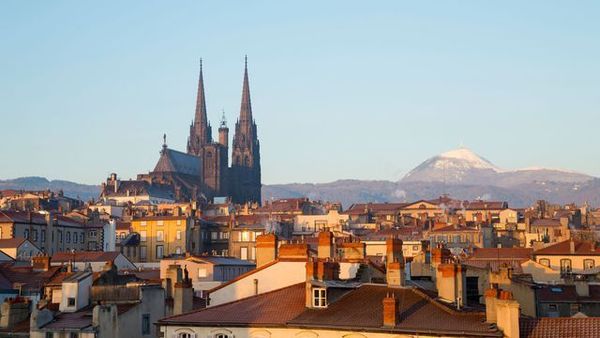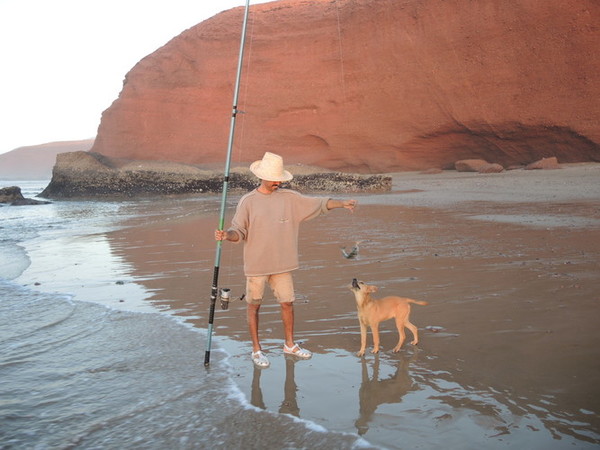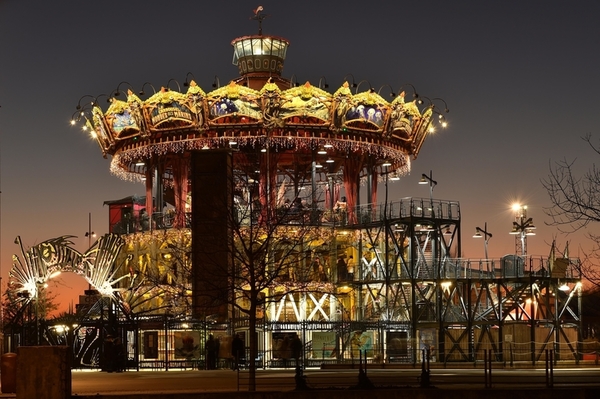Berlin has more green spaces than any other city in Europe. The architecture is stunning. In the city, you can drink in the streets and parks, but not in vehicles. It’s a relaxed city. During the day, everyone is in work mode, but as soon as the transition from day to night happens, the city relaxes. Berlin itself, located in the geographical heart of Europe, attracts people from all over the world, making it highly diverse both culturally and socially.
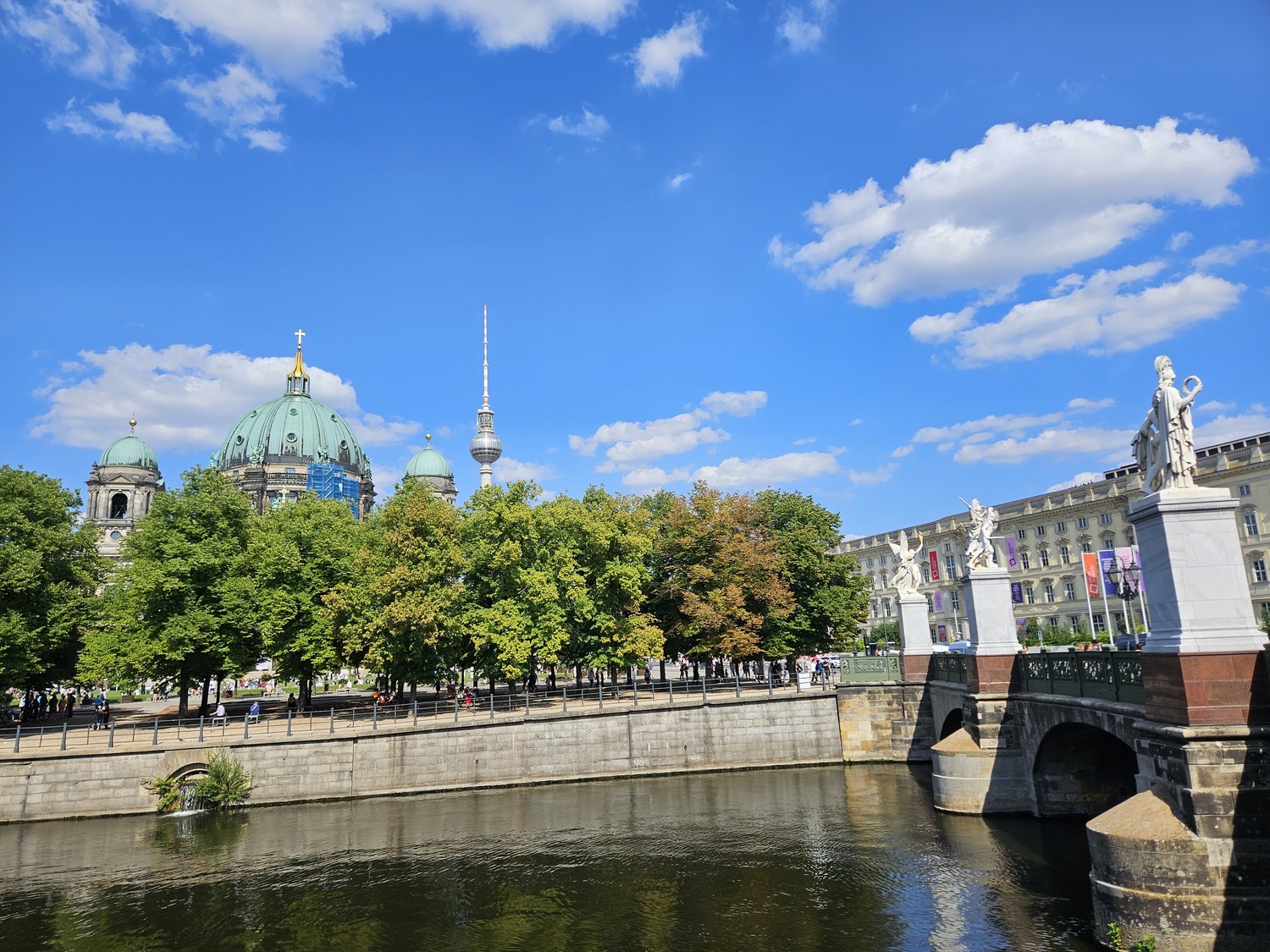
The bridge dividing the Spree River, with the famous television tower visible beyond it, stands in Alexanderplatz Square.
Finding things to do in this city is not difficult. Due to its controversial past, the city certainly has a lot to offer in terms of history, as well as a wealth of excellent educational museums, one of the largest zoos in Europe, and restaurants offering various cuisines. The city is also popular with young people for its nightclubs, concerts, and festivals.
A map of Berlin with useful links
When to Travel to Berlin
Berlin is suitable to visit at any time of the year – it all depends on what you're looking for.
In the summer, the city becomes one big celebration. The streets fill with music, and people gather in beer gardens, parks, and outdoor parties. However, during this time, Berlin is also the noisiest: overcrowded clubs, trash after street events, and stuffy subway cars.
Spring and autumn are the best times to explore the city without large tourist crowds. The parks are green, the terraces are filled with locals, and the weather is pleasantly warm. In April, the cherry blossoms bloom, and on May 1st, the city streets turn into one big celebration with outdoor concerts and impromptu parties. At the beginning of autumn, cultural life becomes more vibrant; it's easier to visit museums and theaters, and Berlin becomes cozier and quieter.
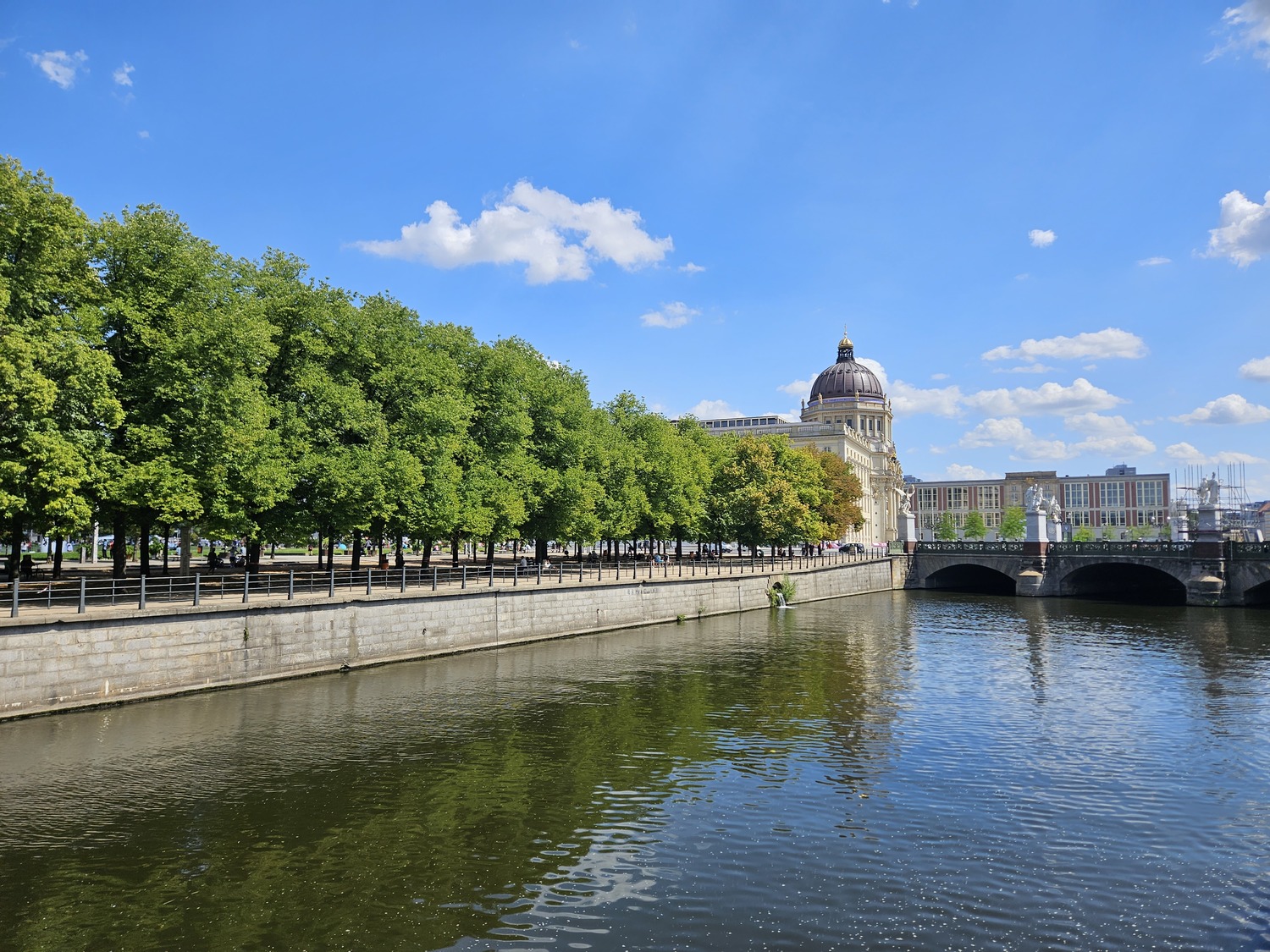
The view of Berlin in spring – blooming trees, good weather, and the Spree River.
Getting to Berlin
Flights to Berlin
Berlin is easily accessible by air, with direct flights from many European cities and others. The flight usually takes around 1 hour and 35 minutes, depending on the departure point. Ticket prices vary based on the season and how early they are booked, so planning often helps save money.
Traveling to Berlin by Bus or Car
Another option is traveling by long-distance bus, which takes approximately 14 hours, depending on the route. If you prefer more flexibility, driving by car through Poland is a scenic choice—about 1,000 kilometers, mostly on highways. Along the way, it’s worth making a stop in cities like Poznań or Wrocław for a short break and a chance to explore.
Public Transport in Berlin
Berlin has a developed public transport system, including the metro (U-Bahn), suburban trains (S-Bahn), buses, and trams. Whether you're traveling in the city center or to more distant areas, public transport is a convenient and safe way to get around.
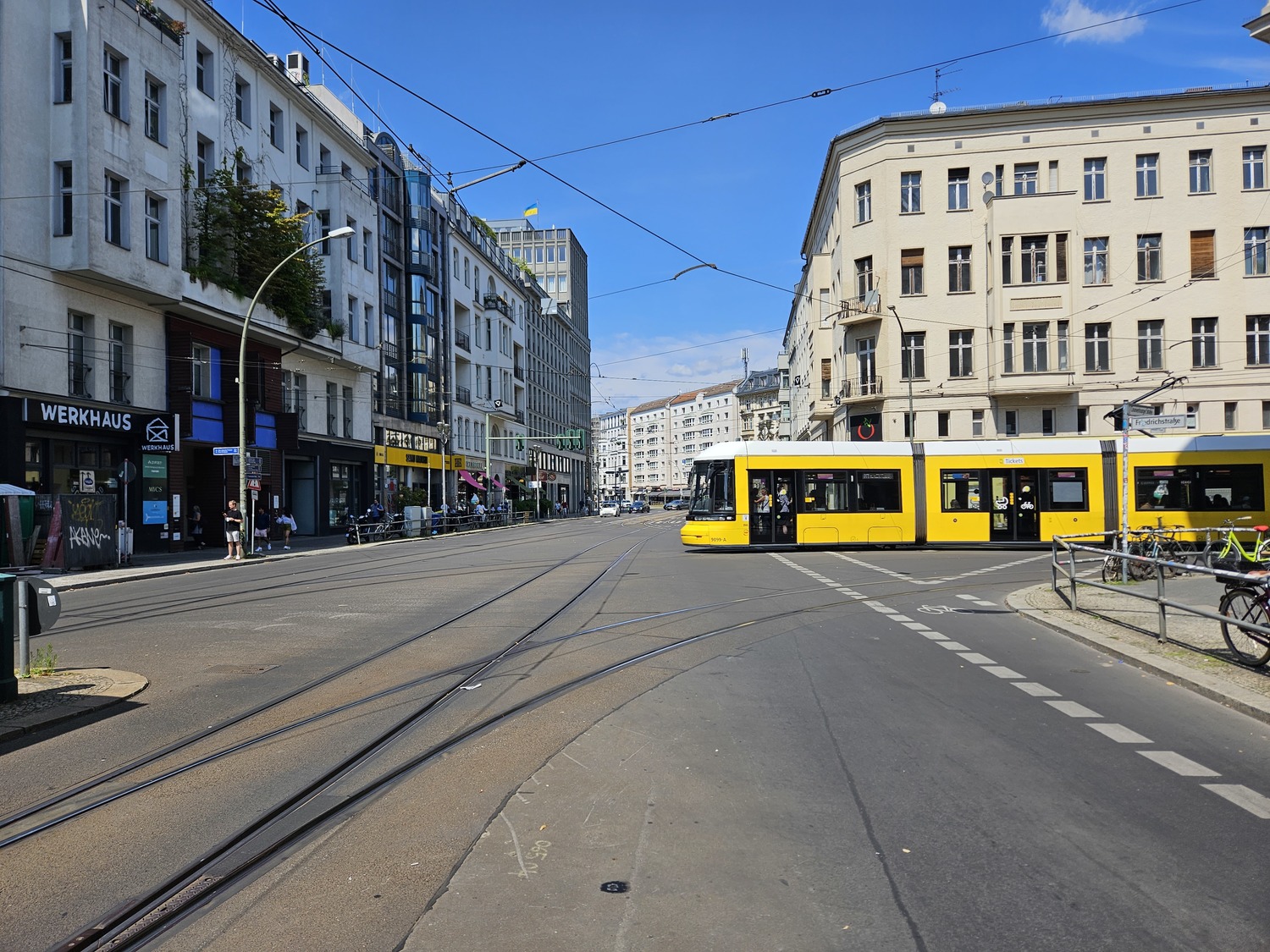
A tram traveling through Berlin. Trams are mostly found in the eastern part of the city, as West Berlin had eliminated most of them.
The price of a single ticket starts at €3.50, and a day ticket costs around €9.90. Long-term tickets are also available, such as a weekly ticket for about €39.
Where to Stay in Berlin
Accommodation options in Berlin are diverse – from luxury hotels to budget-friendly apartments on Airbnb and Booking.com. Prices are higher in central locations, but good deals can be found in advance.
The district is important when choosing accommodation. Mitte is the most convenient for sightseeing, Friedrichshain and Prenzlauer Berg are ideal for those who enjoy a lively atmosphere, Kreuzberg is perfect for fans of the bohemian spirit, and Charlottenburg is best for those seeking a more peaceful stay. The city has an excellent public transport system, so no matter where you stay, you'll be able to reach everything easily.
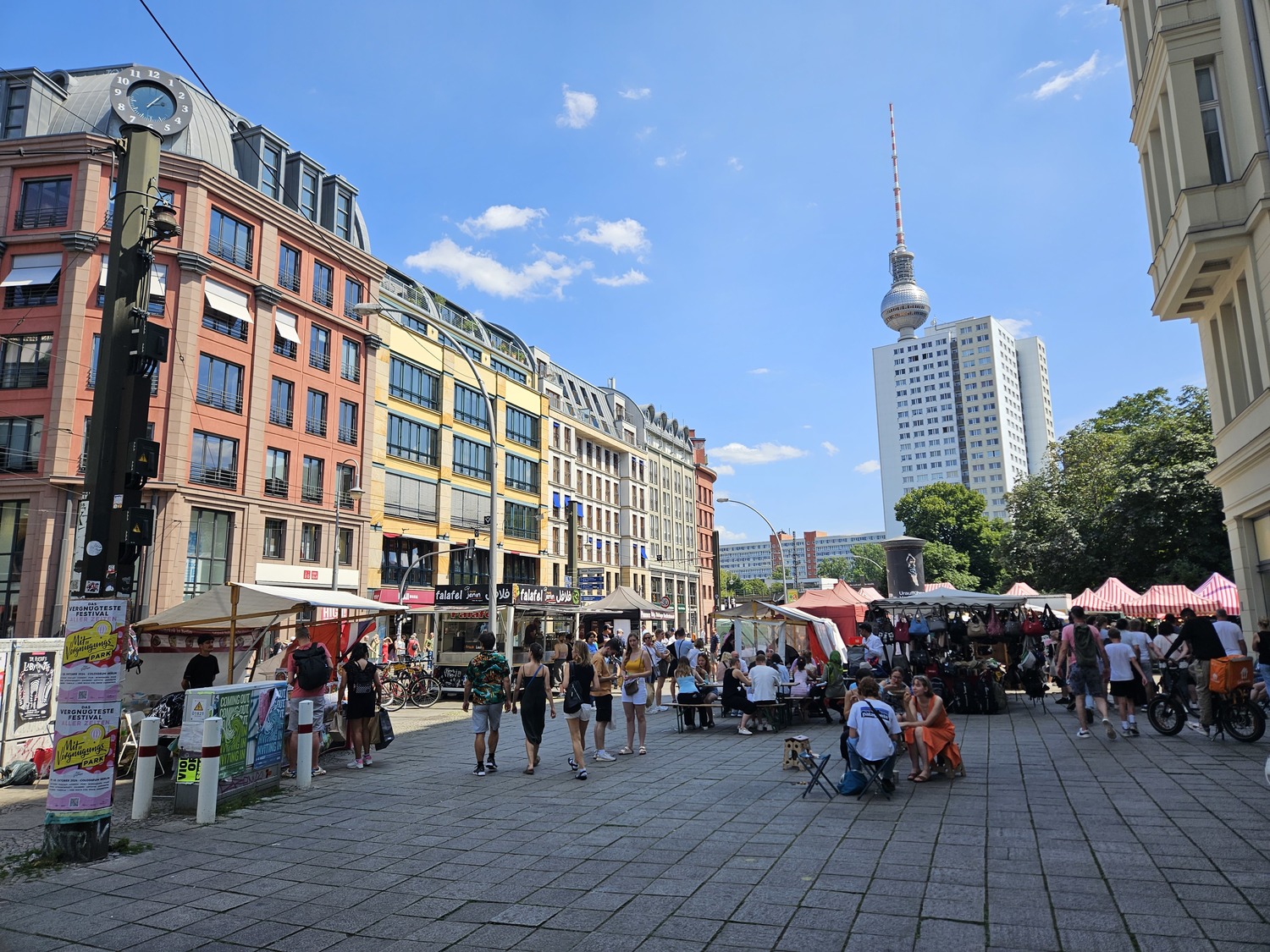
Kreuzberg is a vibrant district of Berlin, full of youth and culture. It’s filled with graffiti, alternative culture, cafes, and parties.
Places to Visit in Berlin
Berlin is a city full of historical and cultural landmarks that attract tourists from all over the world. When visiting for the first time, people often want to see the most famous sites – the Brandenburg Gate, the Reichstag, or the remnants of the Berlin Wall. However, it's important to be prepared for long queues at the most popular attractions, especially during peak season. To avoid the largest crowds, it's worth planning visits early in the morning or discovering lesser-known but equally interesting places around the city.
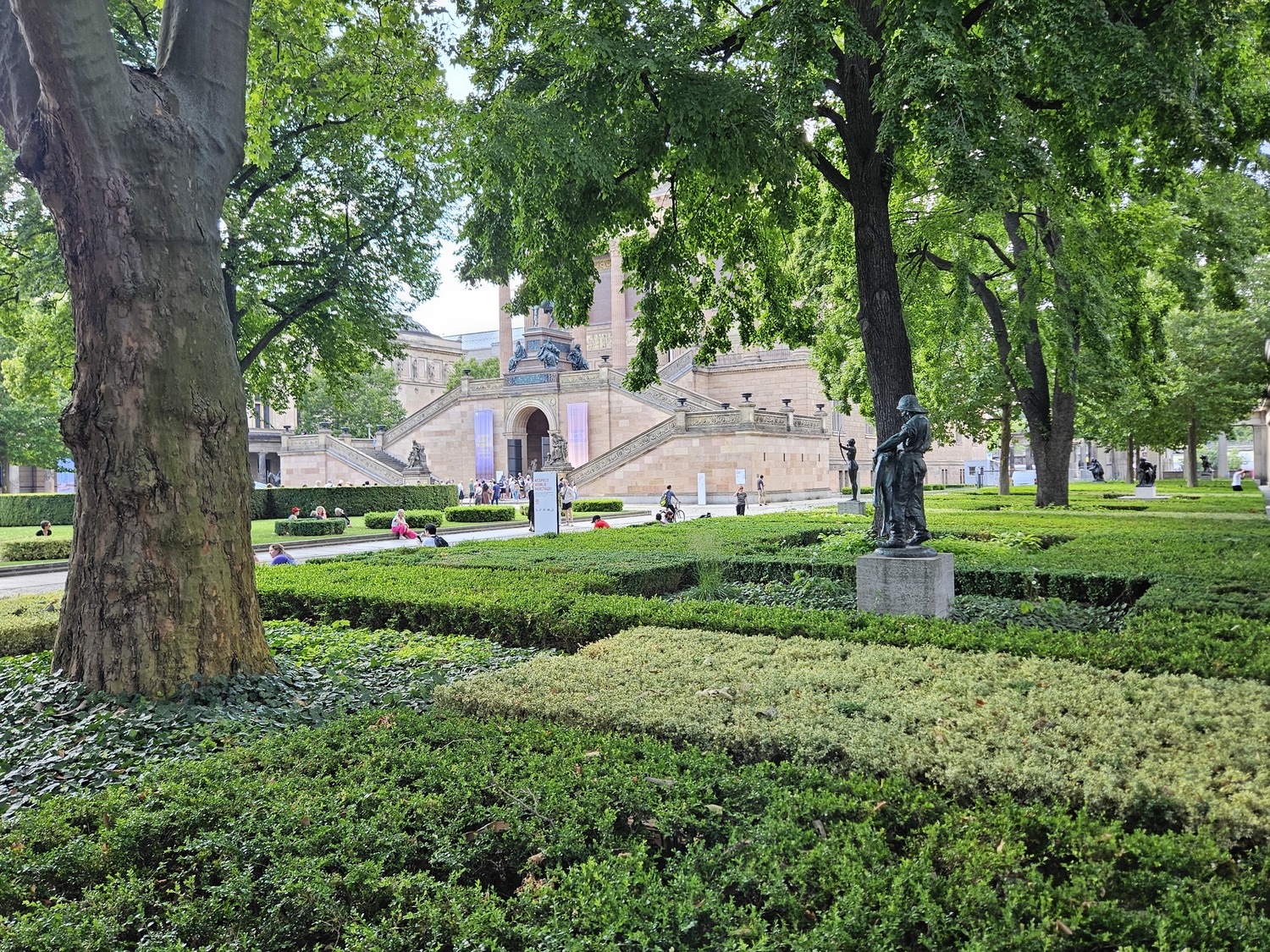
Alte Nationalgalerie is one of the most famous art galleries in Berlin, located on Museum Island. Inside, you'll find an impressive collection of 19th-century paintings and sculptures.
One of the main landmarks on Museum Island is the green dome of the Berlin Cathedral, which marks not only a place of worship but also a site of historical significance. The Neo-Renaissance building was completed in 1905, heavily damaged during World War II, and restored in the 1980s. Today, visitors can admire artworks, descend into the crypt where many prominent Berliners are buried, or climb the 270 steps to the observation deck and enjoy a stunning panoramic view of the city.
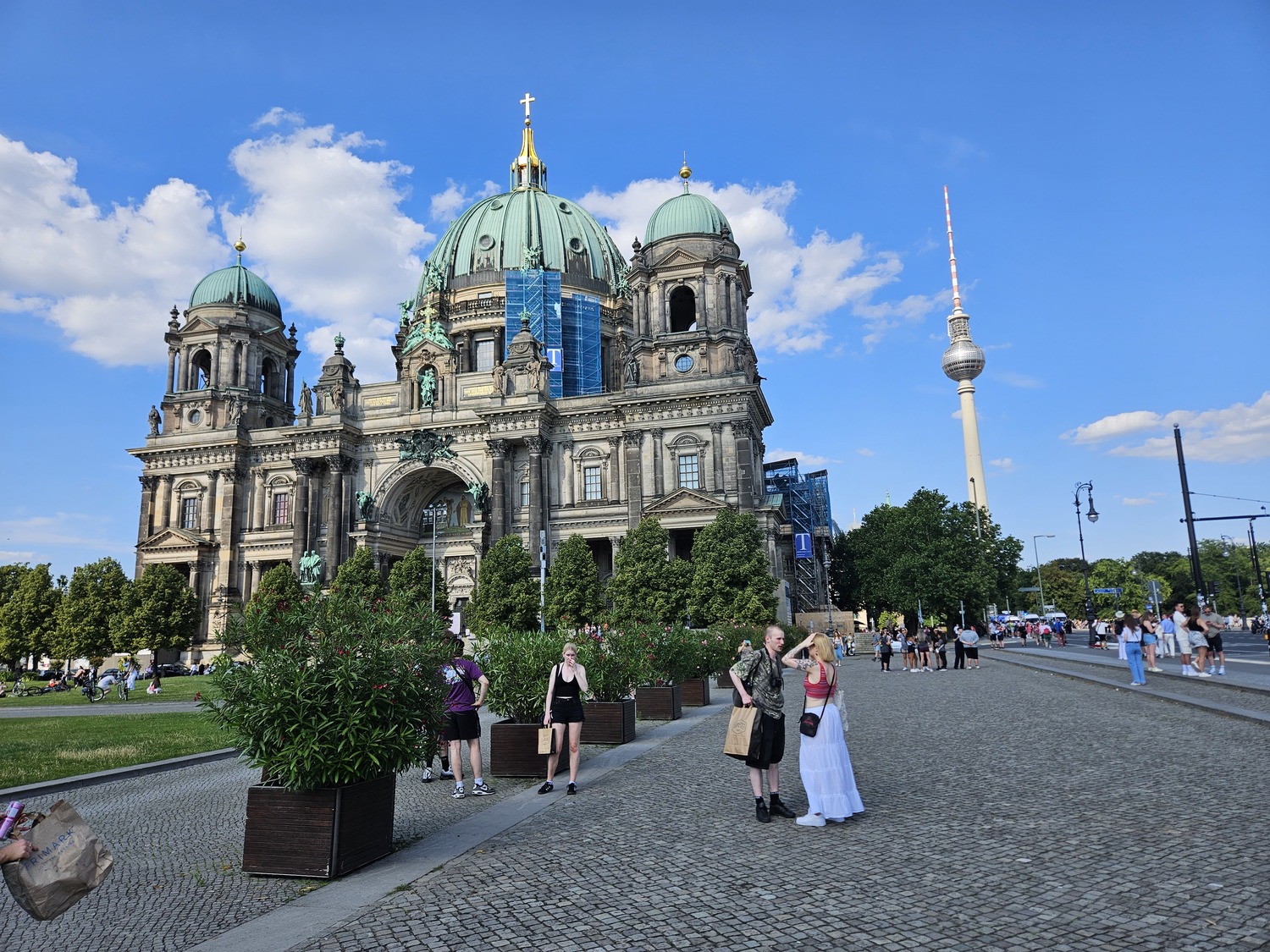
Berlin Cathedral is the most impressive church in the city, located in the heart of Berlin on Museum Island. Climbing to the dome offers one of the most beautiful views of the city.
Berlin Cathedral is accessible from major tourist attractions and is a 10-minute walk from the iconic Berlin TV Tower.
Tickets for adults cost €7 and are worth the price. A guide leaflet costs an additional 20 cents – it is available in several languages, and a box nearby allows you to leave your payment. It's worth purchasing as it provides interesting information about the cathedral's architecture and art. The audio guide costs €4. It’s also important to know that large bags and backpacks must be left in the lockers near the ticket counter – you are not allowed to bring them inside.
Brandenburg Gate
Brandenburg Gate is one of the most iconic landmarks in Berlin, symbolising the city's history and a unified Germany. Built at the end of the 18th century as a triumphal arch, it has survived Napoleon's campaigns, World War II, and the division during the Cold War, when it stood right next to the Berlin Wall.
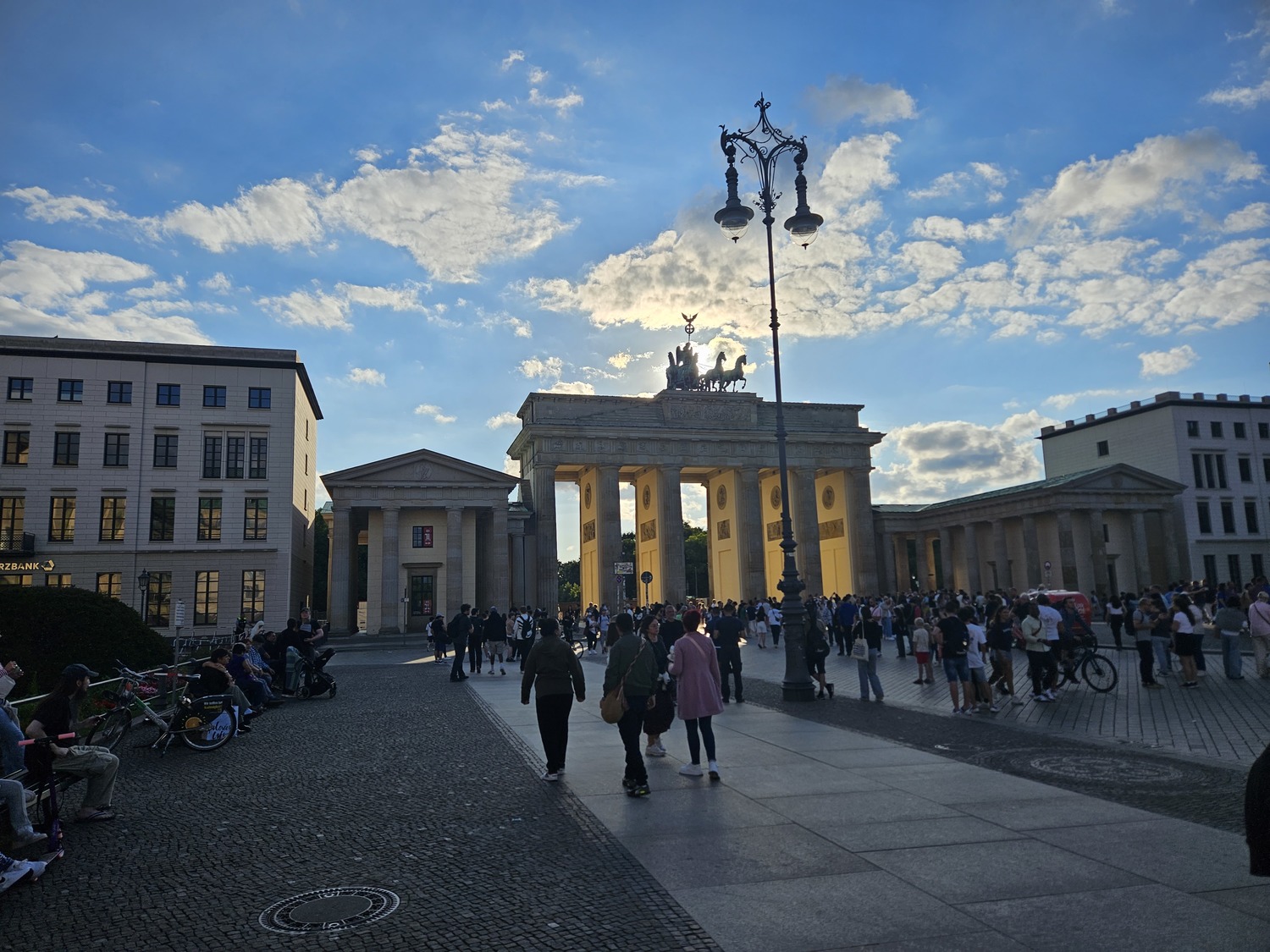
Brandenburg Gate is the most famous symbol of Berlin and a witness to history. It once divided East and West Berlin, and today, it stands as a symbol of the city's unity.
Today, it is a vibrant city center located next to Unter den Linden Avenue and the Reichstag. During the day, tourists bustle around, while in the evening, the gates take on even more atmosphere when illuminated by soft light. If you want to feel the true spirit of Berlin, it’s worth stopping and simply enjoying the view.
Museum Island in Berlin
The island of Museums in Berlin is a place where you don’t need to rush. You just need to go there, take a walk, look at the Spree River, and feel the atmosphere of the place. The Pergamon Museum’s Babylonian Gate leaves a strong impression, while in the Alte Nationalgalerie, you can sit peacefully and admire 19th-century paintings.
The Bode Museum houses one of the most impressive sculpture collections. Berliner Dom, next to the island, is a great spot to climb to the dome and view the city from above. The key is not to overload the day. It's better to calmly choose one or two museums and spend the rest of the time in a café, watching passersby and enjoying the rhythm of Berlin.
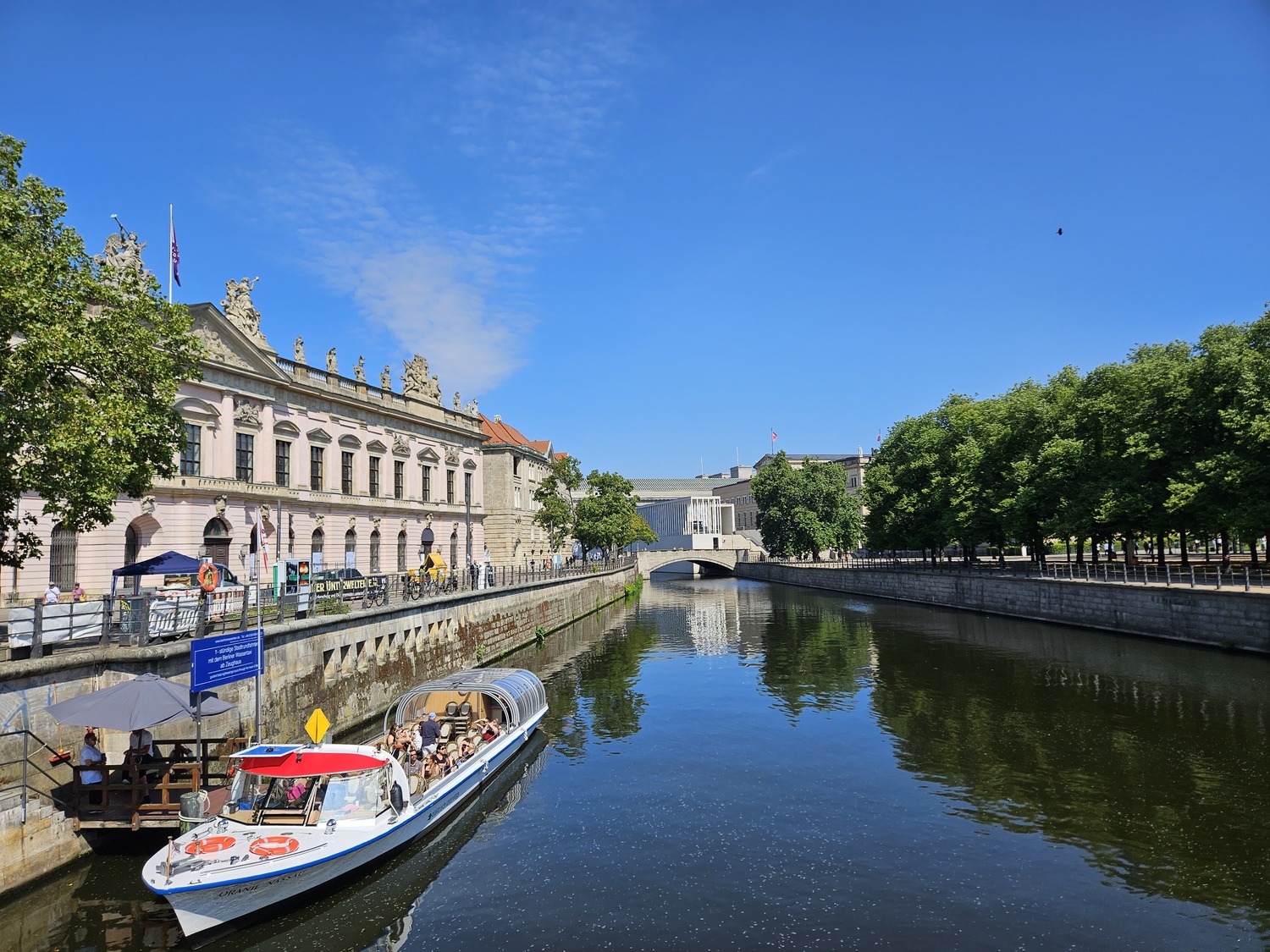
The bridge connecting Museum Island offers a view of the Spree River and the impressive buildings of Berlin.
Reichstag
The transparent dome of the Reichstag hides a long and often dramatic history. Since its opening in 1894, the building has been set on fire, bombed, abandoned, located near the Berlin Wall, later restored, and eventually became the headquarters of the German parliament in the late 1990s. Today, the main feature of the Reichstag is its impressive glass dome structure, which offers a 360-degree view of Berlin. After security checks, visitors take a lift to the dome, where they can walk up a winding path to the top. From here, a stunning panorama of the city unfolds, and the audio guide helps familiarise visitors with the key landmarks.
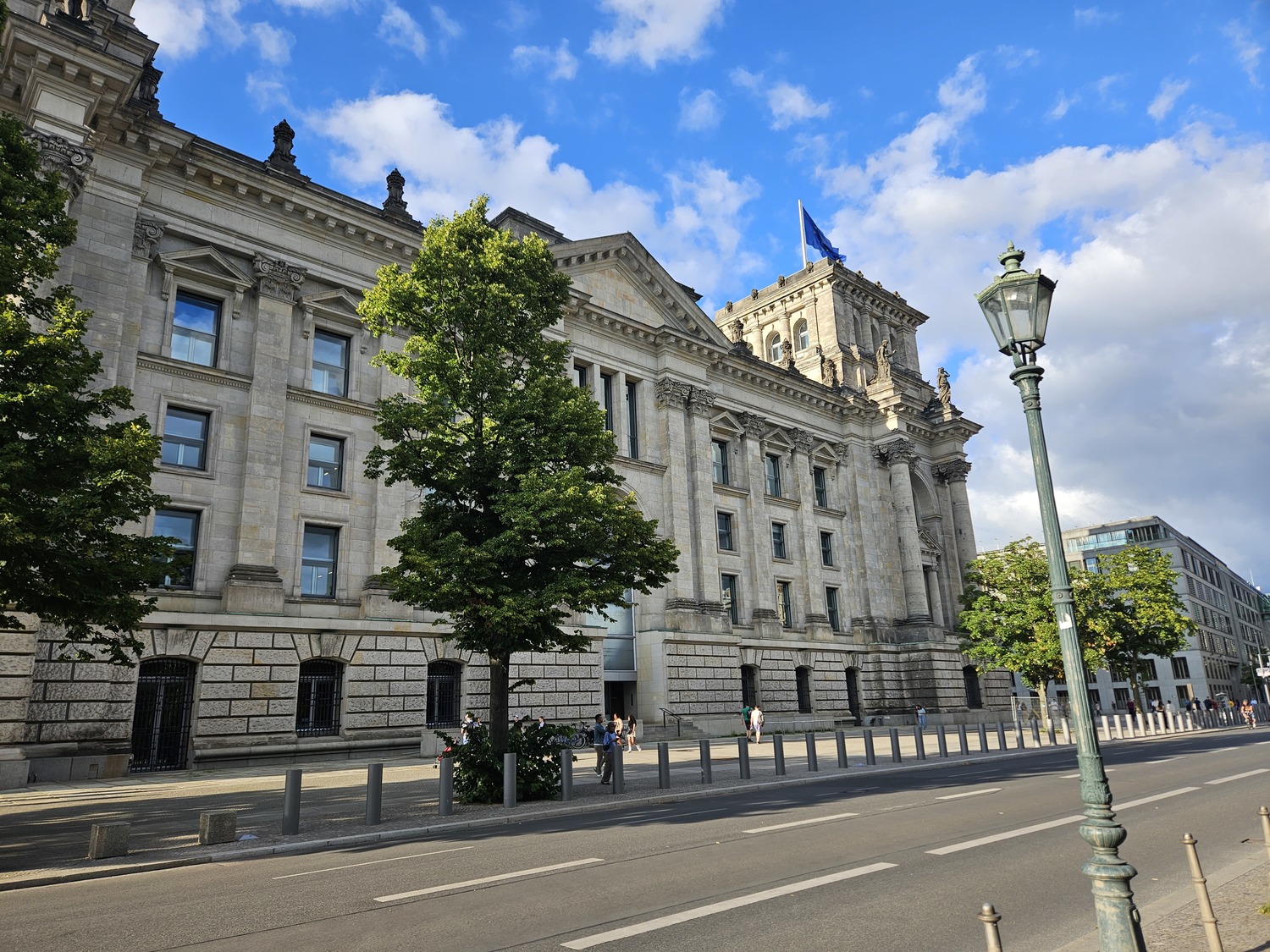
The Reichstag is the Berlin parliament building famous for its glass dome, symbolising transparency and openness and is home to the German Bundestag.
Visiting the Reichstag is free of charge, but it is necessary to make a reservation in advance!
Visiting this impressive architectural site can be challenging without prior planning. During peak seasons, tickets may need to be booked a week or two in advance. If you're planning a trip to Berlin, it’s best to make your reservation as early as possible.
Alexanderplatz
Alexanderplatz is one of those places where people often just pass by, but if you spend a bit more time here, you can discover everything – from brutalist architecture to great shopping spots. It’s one of the busiest places in Berlin, full of rushing people, trams, and street musicians.
The main feature of the square is the Fernsehturm, the TV tower, which can be seen from almost any part of the city. At the top, there’s an observation deck with a view of the entire city. Below, right by the square, stand classic symbols from the era of the GDR: the World Clock and the Fountain of Friendship.
But it’s not just history that makes it worth spending time here. Alexanderplatz is one of the best places for shopping. Large stores, shopping centers, and outlets offer clothes at lower prices than in Lithuania, especially if you're looking for good quality at an affordable price. You can find minimalist German brands and well-known international labels with lower prices than in other European capitals.
Everything here is fast, chaotic, and a bit concrete, but that’s the true essence of Alexanderplatz – a place where the past, present, and Berlin’s consumerist side merge into one.
Berlin TV Tower
The Berlin TV Tower is one of those places that could be considered a tourist cliché, but the view from the top is still impressive. The 368-meter-high structure is visible from almost any part of the city, and from the observation deck, you can enjoy a panoramic view where Berlin appears in the palm of your hand – from Alexanderplatz to Potsdam and the greenery of Tiergarten.
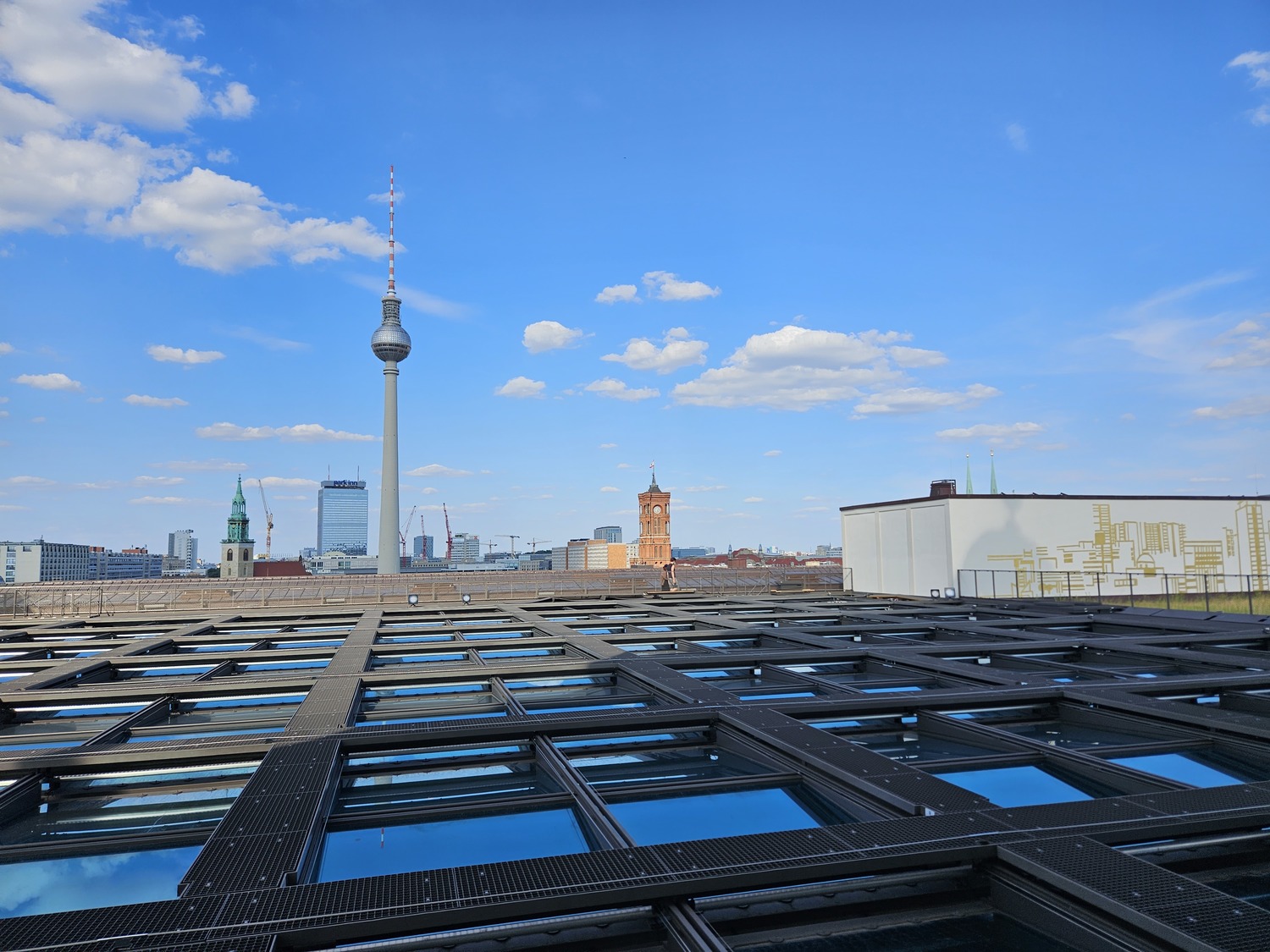
The TV Tower (Fernsehturm) is the tallest building in Berlin, standing at Alexanderplatz. From its top, there is a stunning view of the entire city, and the tower has become one of the city's symbols.
Tickets are not cheap – standard entry costs around €25, but if you want to skip the line, you can pay a little more for the 'Fast View' ticket. At the top, there is a restaurant that rotates around the tower’s axis, allowing you to see the entire city skyline for over an hour and a half. The food is more expensive than at an average Berlin restaurant, but here you’re paying more for the experience than for the meals. If you plan to visit, it’s best to go either early in the morning, when there are fewer people or just before sunset, when the city is painted in warm tones.
Berlin Zoo
The Berlin Zoo is one of the oldest and most famous zoos in Europe, founded in 1844. It is home to over 20,000 animals, including a panda, an elephant, and a polar bear. The park is known for its spacious enclosures, modern aquarium area, and educational programs.
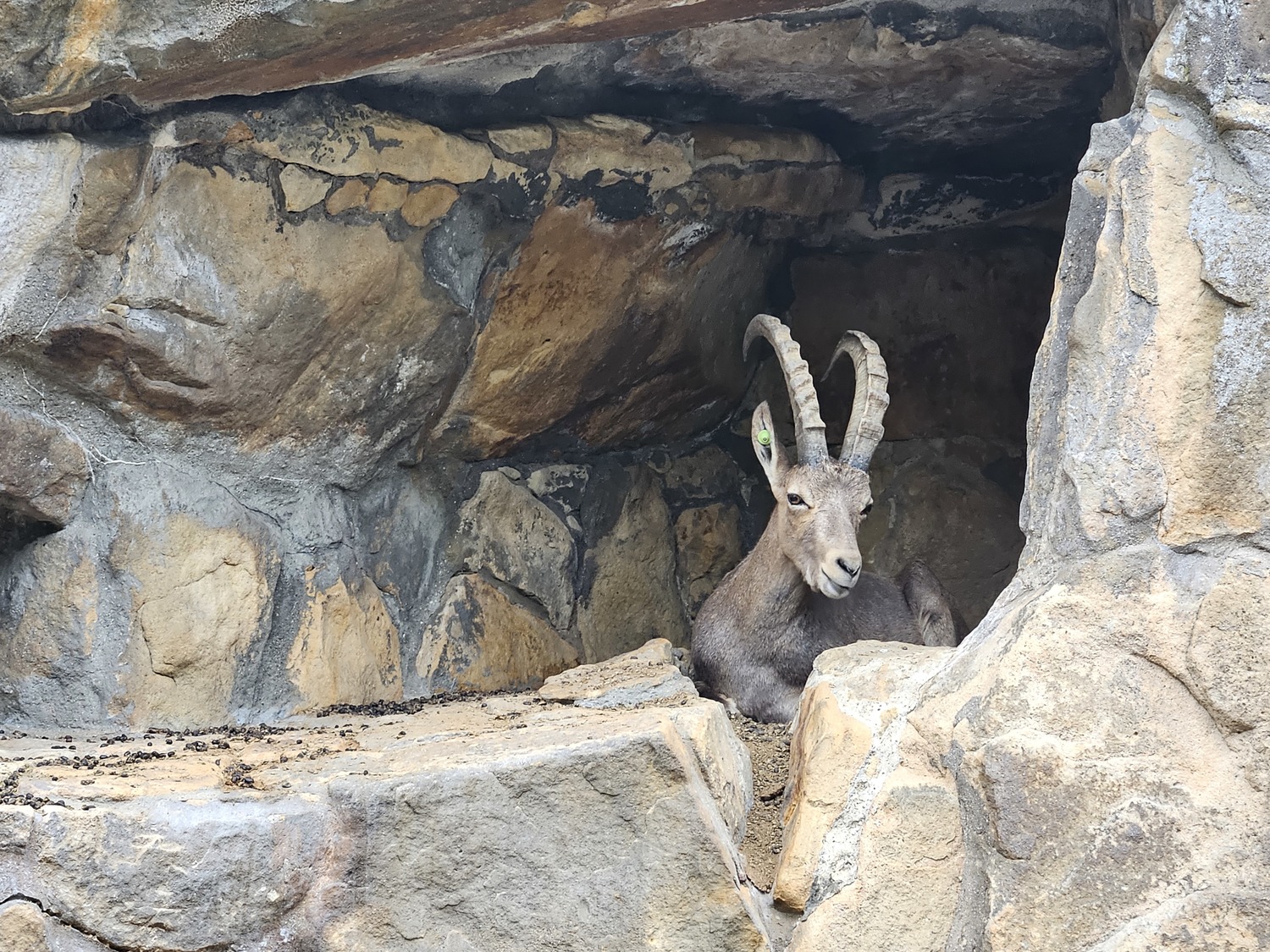
The animals at the zoo have plenty of space and, if they wish, can enjoy privacy. They live in excellent, impeccable conditions.
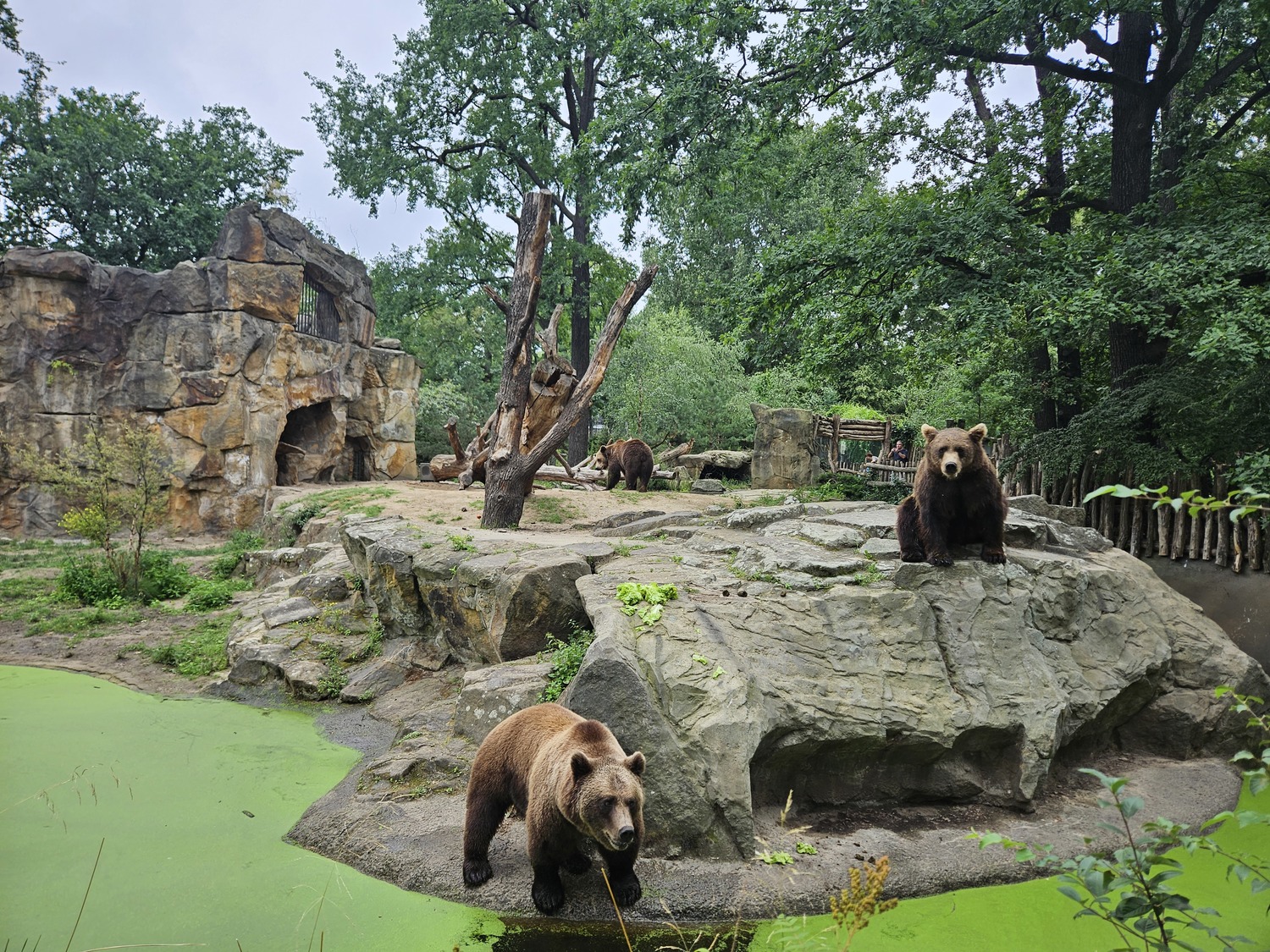
Ticket prices for adults start at €16, and for children, they start at €7.50.
What to Do in Berlin
Berlin offers a wide range of entertainment both day and night. The city's dynamic culture and history provide opportunities to discover both luxurious and alternative activities.
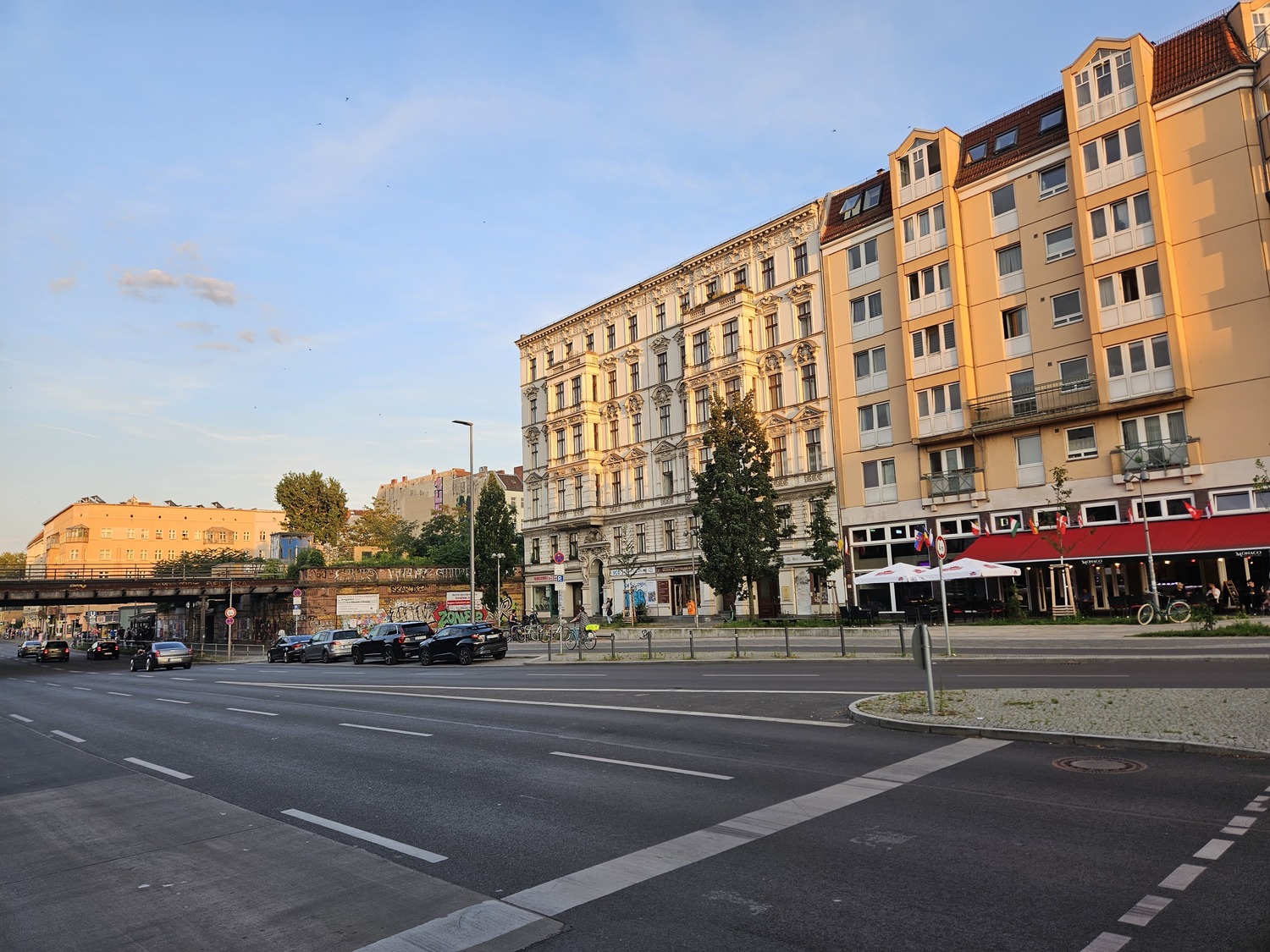
Berlin's streets in the evening are calm, with people walking slowly, enjoying the city and its atmosphere as the night falls.
Boating in Berlin
Boating through Berlin’s canals is a great way to see the city from a different perspective. As you sail along the Landwehr Canal, the Spree River, or smaller tributaries, you’ll encounter industrial buildings converted into lofts, historic bridges, and people sitting by the riverside with a beer, watching the boats pass by.
One of the most interesting routes is the Landwehr Canal, winding through Kreuzberg, Neukölln, and Tiergarten. Along the way, you can see the famous Badeschiff – a floating swimming pool in the Spree River, the Admiralbrücke bridge, where musicians and locals gather on summer evenings, and Urbanhafen – a peaceful harbor where small boats drift.
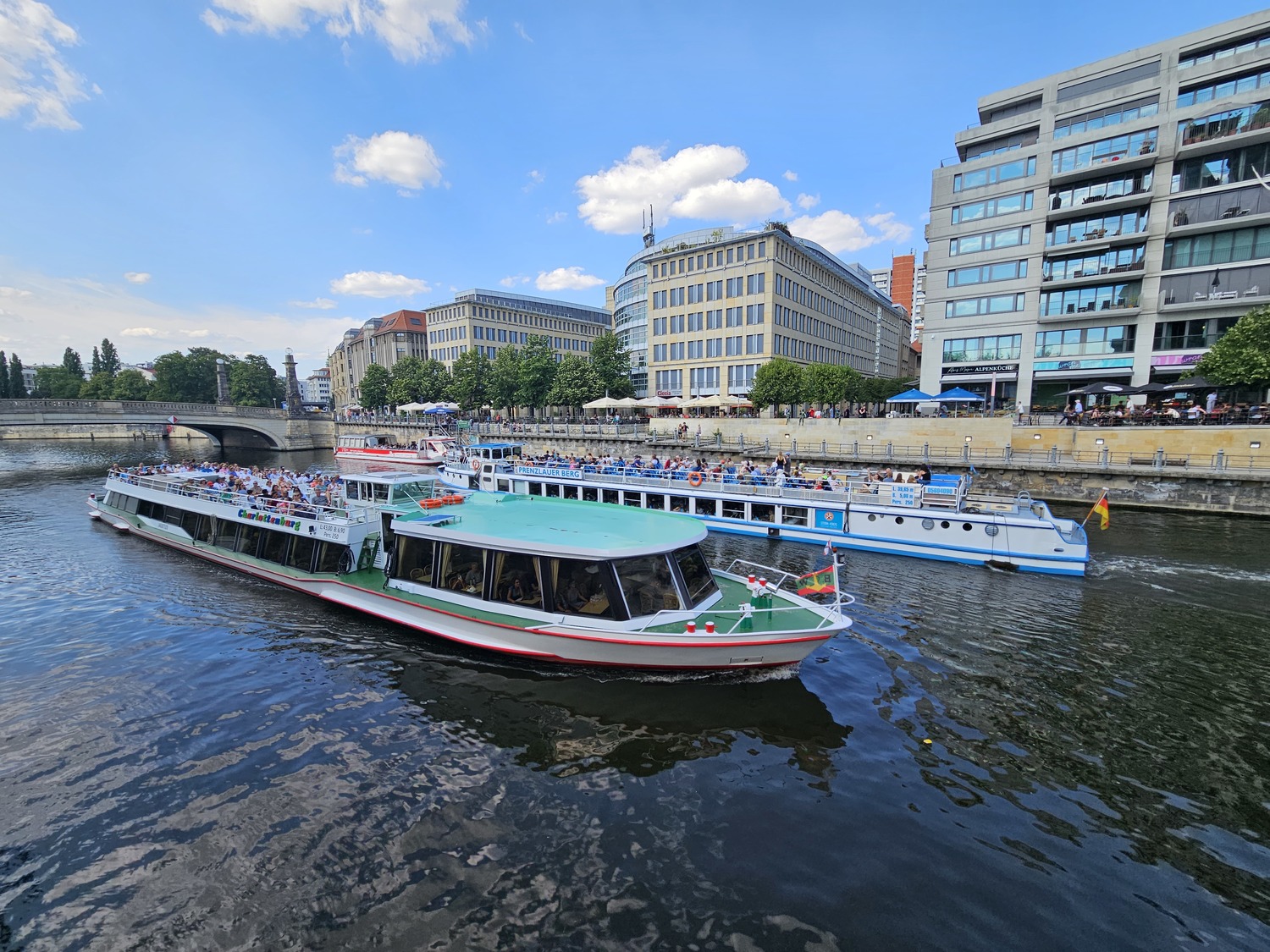
A boat tour on the Spree River.
There are various ways to explore Berlin's waterways. Classic tourist boats offer hour- or two-hour-long tours for around €20–30. For those who want more freedom, it's possible to rent an electric boat without a driver, with prices starting at €50 per hour. For more active paddlers, stand-up paddleboards (SUP) or kayaks are available for rent, typically costing about €15–20 per hour.
The best time to set sail is in the evening, when the sunset over the Spree River colors the sky and the city lights begin to reflect on the water's surface. At this moment, Berlin feels alive yet surprisingly calm, offering a completely different city experience.
Saunas in Berlin
Although Berlin's sauna culture may not match the traditions of Stockholm or Helsinki, there are plenty of places where you can sweat it out. One of the most popular is the Vabali Spa near Tiergarten, which offers a tropical atmosphere with pools and exotic plants. Both locals and tourists gather here. Another noteworthy spot is Thermen am Europa-Center, offering various themed saunas with aromatherapy and a panoramic view of the city.
Berlin's sauna culture dates back to 1936 when Finnish Olympians set up a Saunahaus in the Olympic Village. Since then, this pastime has grown, and now, on Sundays, many saunas are packed. A tip would be to visit saunas on days other than Sunday, as that’s when almost everyone has the day off and heads to the saunas.
The atmosphere in Berlin’s saunas depends on the place: Vabali Spa is often chosen by young people and couples looking to relax in a tropical environment, while Saunabad Schöneberg is popular with locals who come here not only to sweat but also to socialize. An interesting spot is Kiez Sauna in Friedrichshain, where you're likely to meet people from the alternative culture scene.
As in all of Germany, there is an unwritten rule in Berlin's saunas – everyone is nude. Some places have special days for men or women only, but most saunas are mixed. More modest visitors walk around in bathrobes, but to enter the saunas and pools, you must be naked. Bathrobes and towels are available for rent.
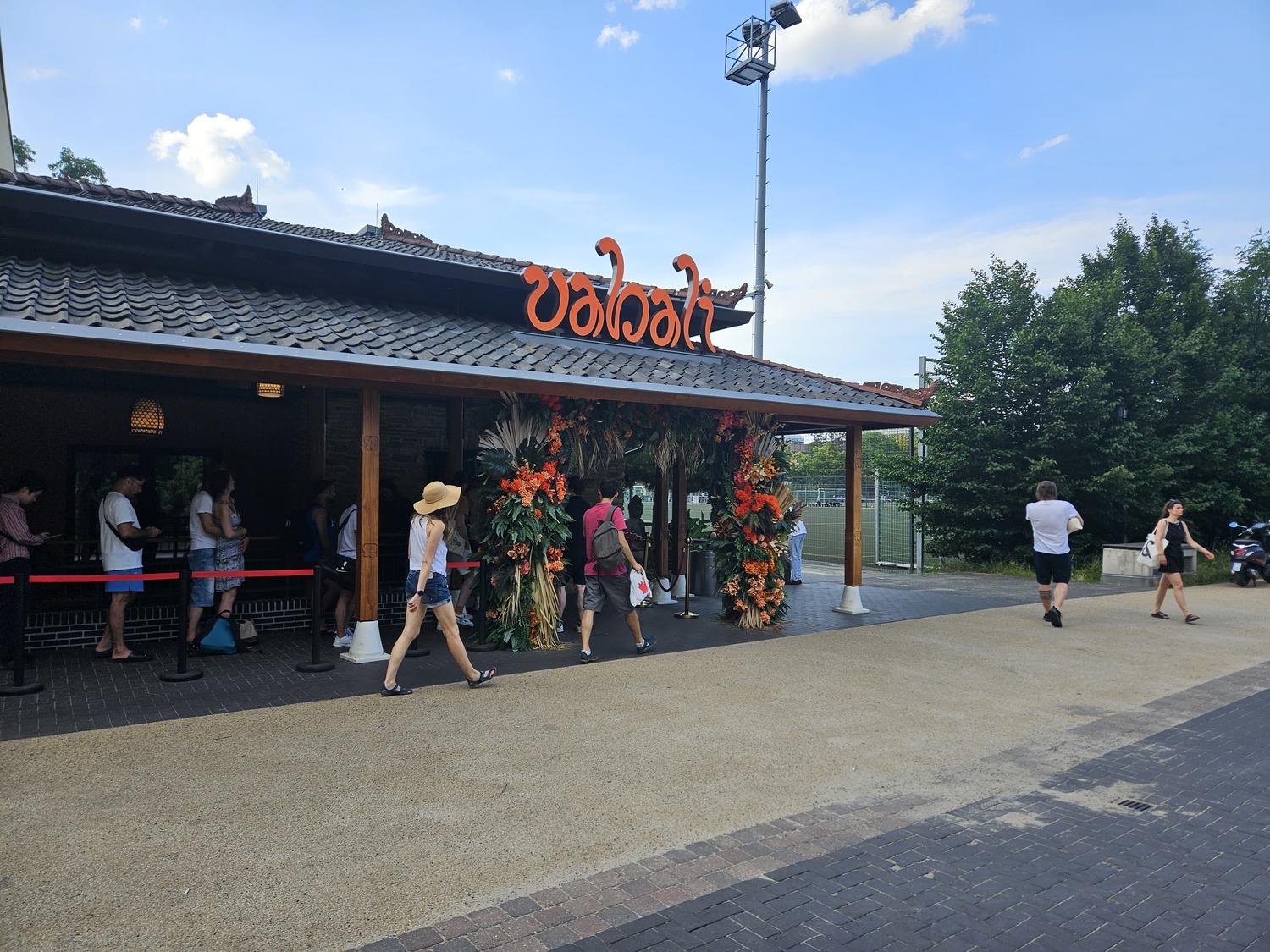
Vabali Spa center is a peaceful oasis in Berlin where you can relax and enjoy various treatments and massages.
Kreuzberg District
Kreuzberg is one of those places where everything feels a bit chaotic yet completely authentic. It’s a district that has changed over the past decades but never lost its energy. Buildings covered in graffiti, markets filled with Middle Eastern spices, bars that never close, and independent bookstores where you can find anything from philosophy classics to the latest art publications – all make Kreuzberg a unique and vibrant corner of Berlin.
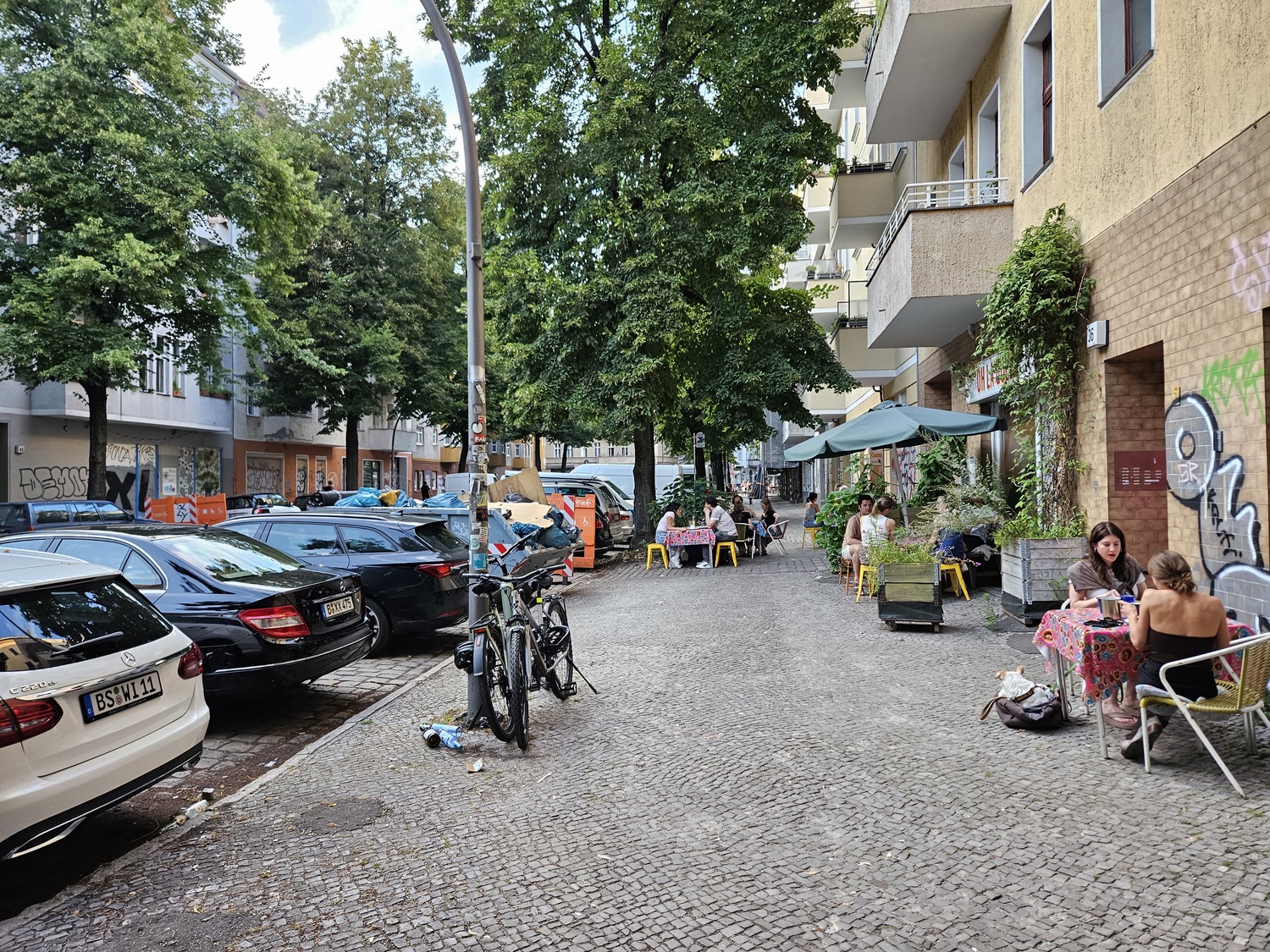
Kreuzberg in the evening – relaxed Berliners enjoy drinks and food while the streets fill with a cozy, laid-back atmosphere.
It’s a place to explore on foot. By day, you can slip into a local bakery or grab a strong German coffee at a cozy café. As the sun sets, the neighborhood shifts—suddenly, it’s all about finding that perfect spot with live music drifting through the air.
Food in Kreuzberg is a whole vibe in itself: legendary kebabs side by side with creative vegan spots, late-night falafel joints, Turkish bakeries, and trendy fusion kitchens. And if you’re around on the weekend, don’t miss the Flohmarkt am Maybachufer—a market full of vintage clothes, vinyl, and handmade art.
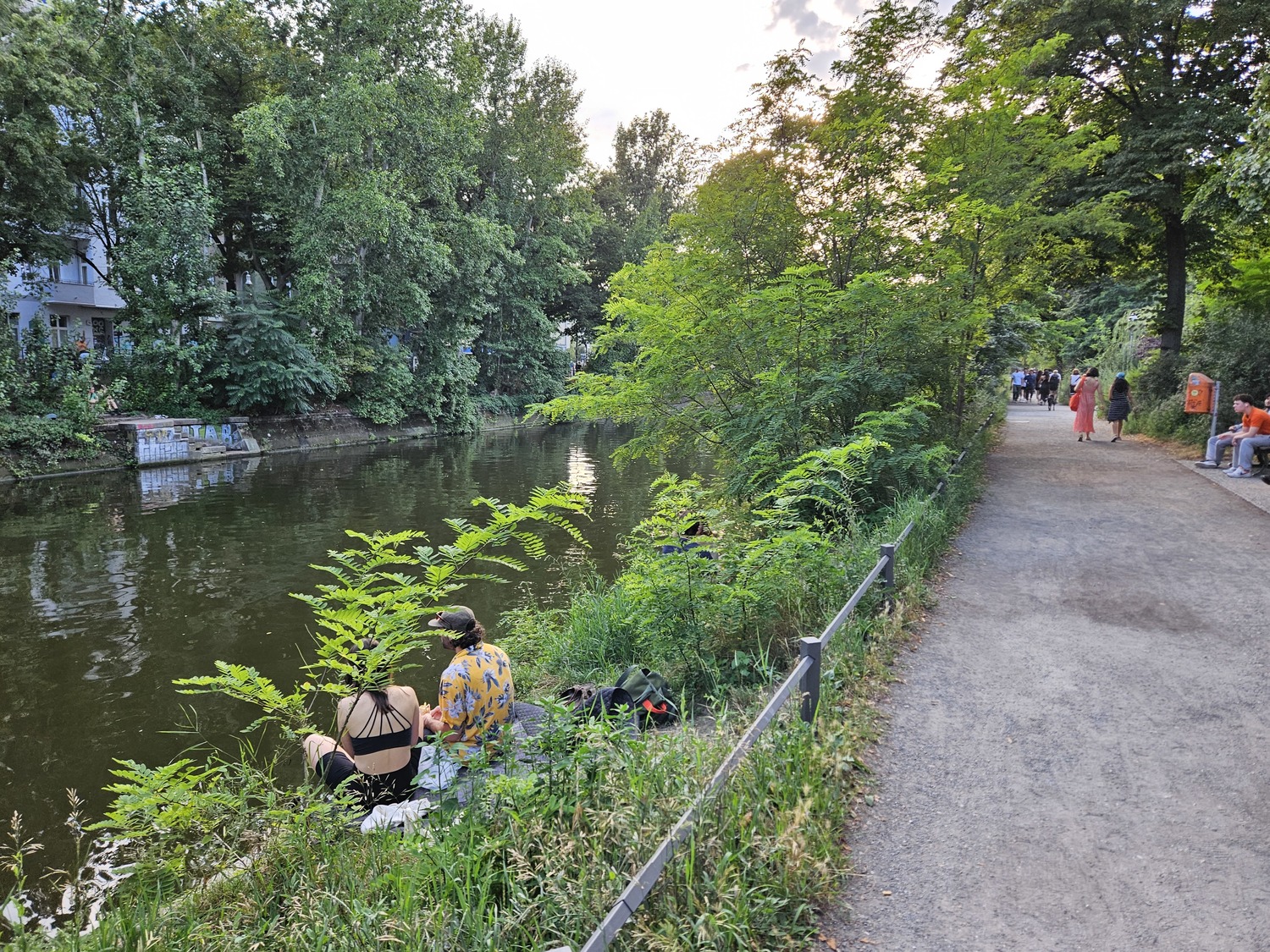
The Kreuzberg Canal
If you’re looking to escape the city buzz, the parks and canal banks in Kreuzberg offer a welcome pause. Viktoriapark is a perfect spot to sip a coffee with a view of the waterfall, while along the Landwehr Canal, people gather on weekends with a beer in hand, simply watching the city drift by. Kreuzberg is a place of contrasts – sometimes chaotic, sometimes cozy, but never boring.
Entertainment in Berlin
Festivals in Berlin
Every year, Berlin hosts festivals that cover everything from cutting-edge electronic music events like those at Berghain to massive rock concerts and popular street music celebrations.
The city’s top music festivals take place in iconic locations:
- Tempelhof: Home to Lollapalooza Berlin (September), with tickets ranging from €100 to €200 for a three-day pass.
- Mauerpark: Known for street music festivals and free open-air events in spring and summer.
- Arena Berlin: Hosts events like Fusion Festival (June–July), with ticket prices from €150 to €250.
- Berghain: Berlin’s legendary club, with weekly events and tickets costing around €15 to €25.
- Kraftwerk Berlin: A venue for electronic music and visual art festivals (fall–winter), with tickets typically between €20 and €50.
Pro tip: If you’re planning to attend a festival, buy your tickets as early as possible – they often sell out quickly.
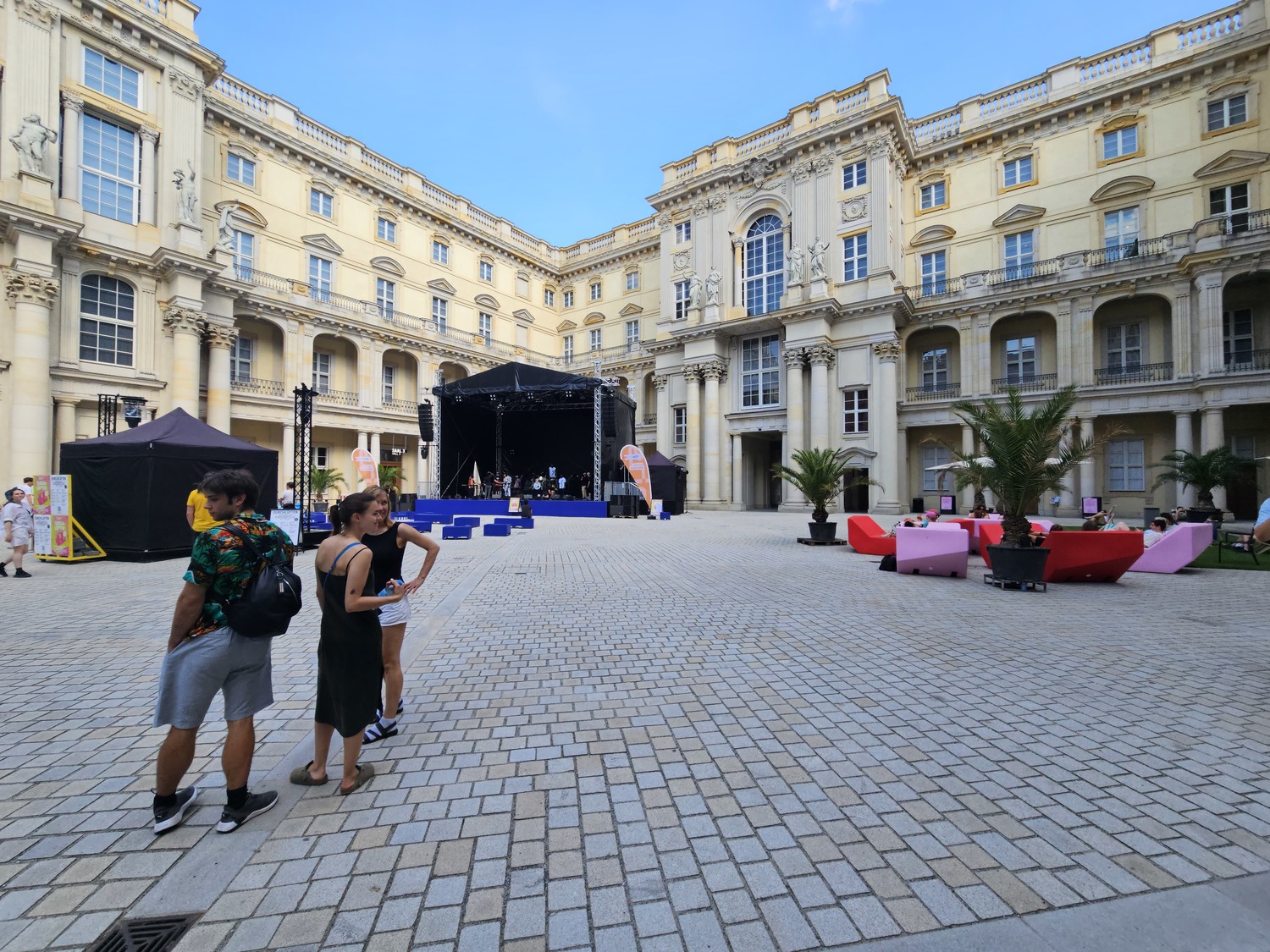
Nightclubs in Berlin
There is no other city in the world that understands club culture quite like Berlin. The German capital’s nightlife history is long and rich, spanning eras from the scandalous cabarets of the Roaring Twenties to the techno rave days of the 1990s following the fall of the Berlin Wall.
Today, Berlin is considered the global capital of electronic music in many respects, renowned for its unique club culture rooted in a scene-driven ethic – creating safe, inclusive spaces for underground artists and dancers to freely express themselves and escape everyday life.
With more than 1,700 art and cultural venues throughout the city, Berlin offers an endless nightlife experience. Here are a few of the most iconic places that showcase the city’s distinct hedonism.
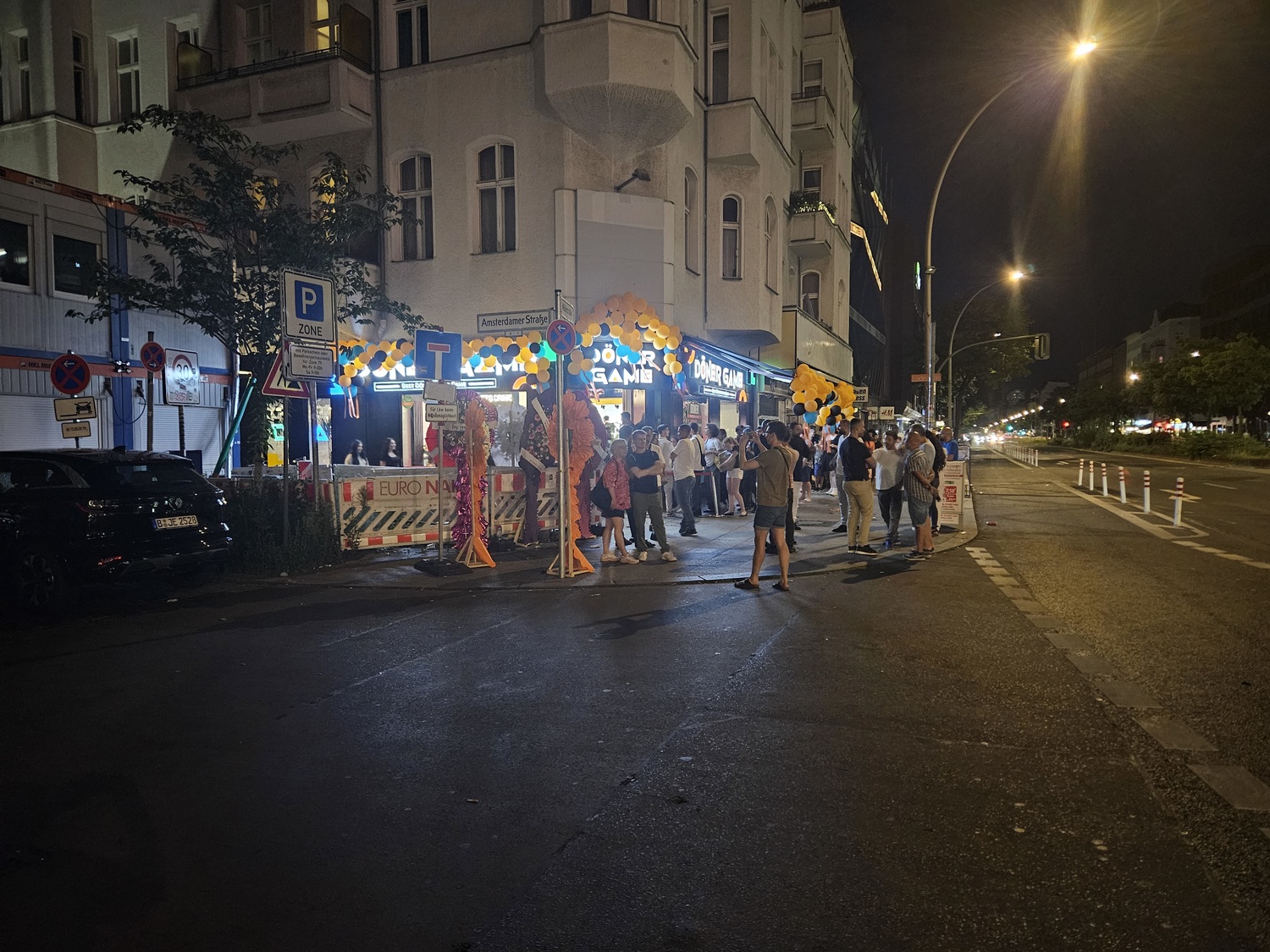
Berghain Nightclub. Berghain is more than just a nightclub; it's a cult part of Berlin's nightlife. Once an electrical building, it has become a legendary techno sanctuary where the best DJs from around the world gather every weekend. While the club's interior is dark and the sound system powerful, the biggest challenge is getting in. The door policy is shrouded in mystery, with long queues and surprises awaiting anyone trying to cross this barrier. Although there are no clear rules for entry, the internet has long been filled with speculations.
Near Berghain, but as a separate venue, is Kantine am Berghain – a concert space where live performances and record release parties take place in the middle of the week. The atmosphere of the old factory workers' cafeteria adds extra charm and uniqueness to this venue.
Klunkenkranich. In a city dominated by underground clubs rather than panoramic views, Klunkerkranich, located on the rooftop of a shopping center parking lot, offers an impressive view of the Berlin skyline. Although it's more of a bar than a club (the covered dance floor resembles a cozy living room), you can still hear some of the best performances from local Berlin DJs and their collectives.
Food in Berlin
This city is renowned for its multitude of culinary influences, shaped by various nations and immigrants who have settled here over the centuries. The Huguenots from France, who arrived in the 17th century, brought their culinary traditions, contributing to the traditional Berlin cuisine, which often revolves around pork, goose, fish, peas, beans, and potatoes.
Today, Berlin’s food scene is incredibly diverse. The city boasts a wide culinary spectrum, including flavors from Turkish, Vietnamese, Thai, Indian, Greek, Spanish, French, Italian, Brazilian, Yugoslavian, Tibetan, and Afghan cuisines. Upon first visiting Berlin, it’s common to be surprised by the fact that subway stations always smell like food, as street food holds a special place here. If you're looking to try dishes from various cultures, crafted by true culinary artisans, Berlin certainly has something to offer.
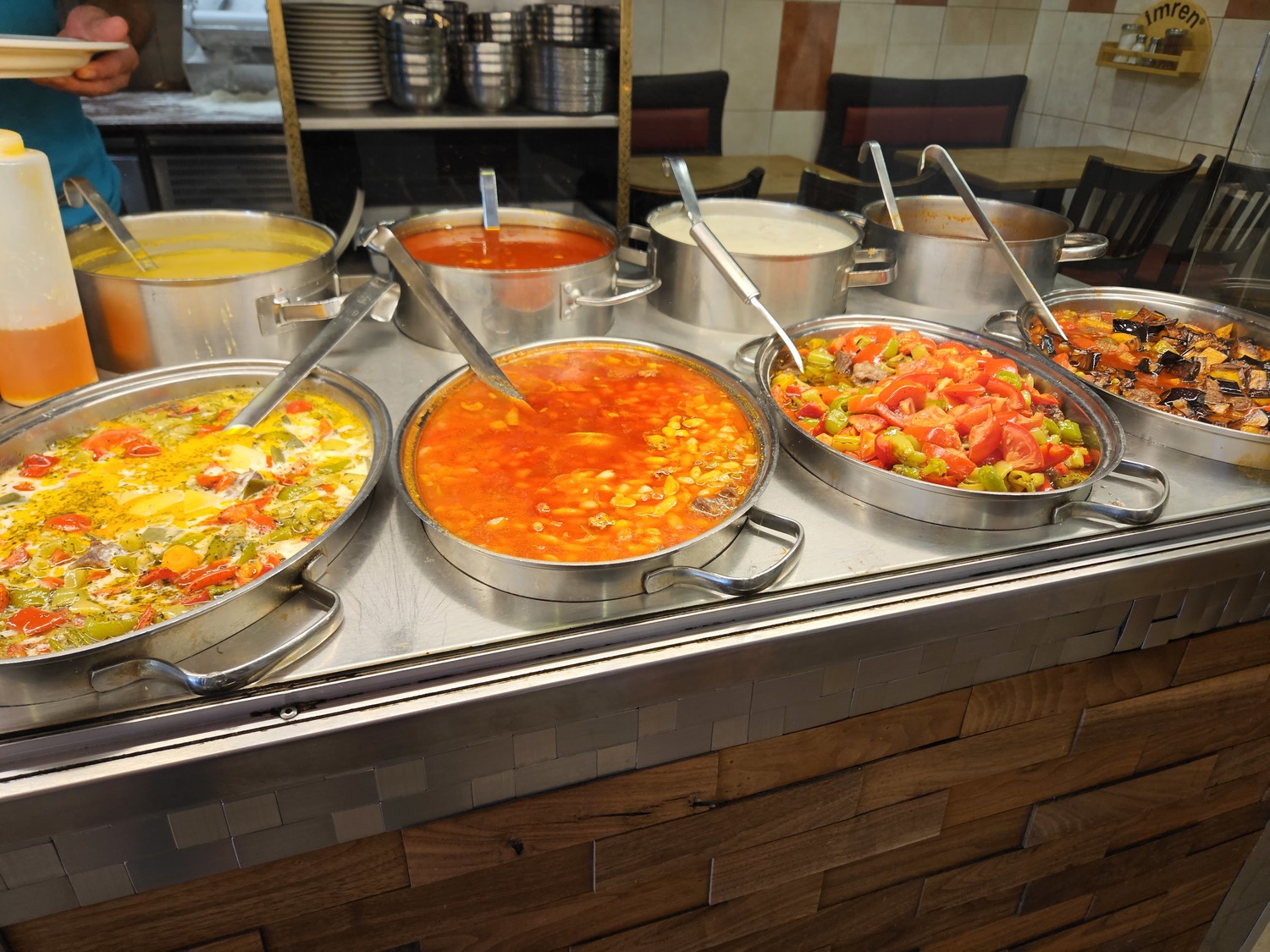
A Turkish street food joint – a favorite spot for locals, where the food is prepared by Turkish professionals, and this is reflected in the taste.
A good tip for choosing a great restaurant is simple – eat where the locals eat. This often means you'll find the best balance of quality and price.
Don’t be afraid to try dishes from different cultures – visiting Berlin and only eating German food would be like missing out on the most essential aspect of the city: the opportunity to experience its cultural diversity. In this city, where so many different cuisines blend, you can embark on an invaluable culinary journey.
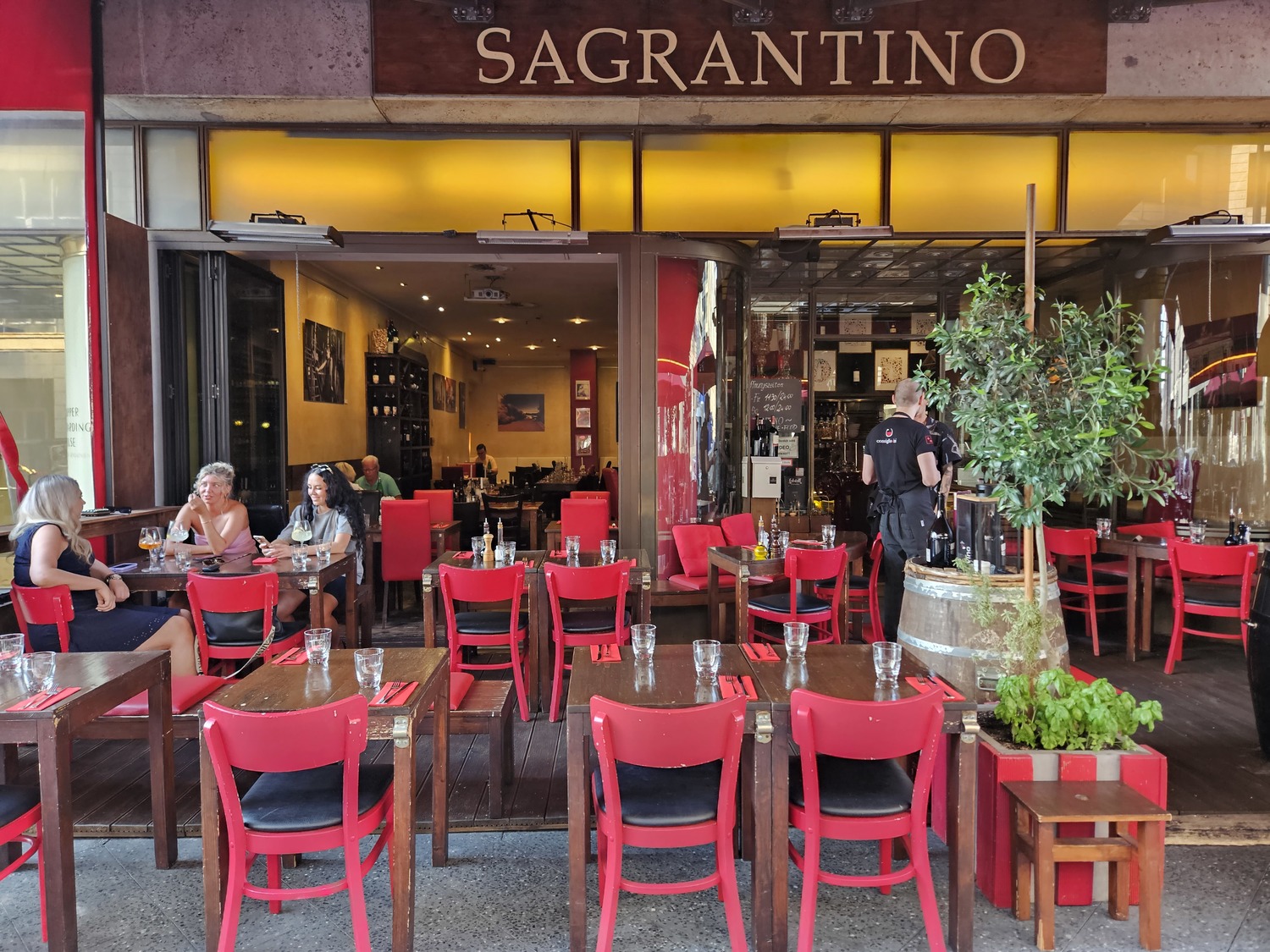
Sagrantino – an authentic Italian restaurant in Berlin, known for its traditional southern Italian dishes and exceptional wine. It’s a perfect spot for those who love genuine Italian cuisine.
Wine in Berlin has its place, even though it's not the first thing that comes to mind when talking about Germany. Nevertheless, the country has excellent regional wines, and Berlin is a city full of wine lovers. The most popular are Rieslings – fresh, tart, and of excellent quality, even at an affordable price. Locals also appreciate Silvaner and Spätburgunder (German Pinot Noir), which often take center stage at dinner tables. There is no shortage of wine bars here – from elegant places with exclusive vintages to simple ones where a glass of good wine costs less than coffee in some European cities.
Beer in Berlin is simple but high-quality. Locals usually go for pilsners – light, bitter beers that pair perfectly with a simple dinner. For something more authentic, it’s worth trying Berliner Weisse – a light, tart beer often served with raspberry or pale green herbal syrup. It’s more of a summer drink than a choice for devoted beer lovers, but still an interesting experience. In the evening, bars are full of people with bottles in hand – for locals, it’s not necessary to sit indoors; beer is often enjoyed while standing on the sidewalk or in a park with friends.
The most important rule in Berlin, drinking is a social experience. It doesn’t matter what you drink – what matters is with whom and where. It could be a park by the Landwehr Canal, a courtyard with creaky wooden chairs, or simply the concrete under your feet somewhere in Kreuzberg.
Map of Places to See in Berlin
What to see in Umbria?
Monuments, restaurants and local foods
How to enjoy Clermont-Ferrand
Clermont-Ferrnad, located in Auvergne a green and peaceful region, is the perfect place if you want to discover France in an unusual way.
Morocco by car
Morocco by car. The full itinerary of a car trip in Morocco.
Road trip: 15 days accross Europe
Go through 4 different countries and visit new places, cultures and ways of life in a 12 days road trip accross Europe.

